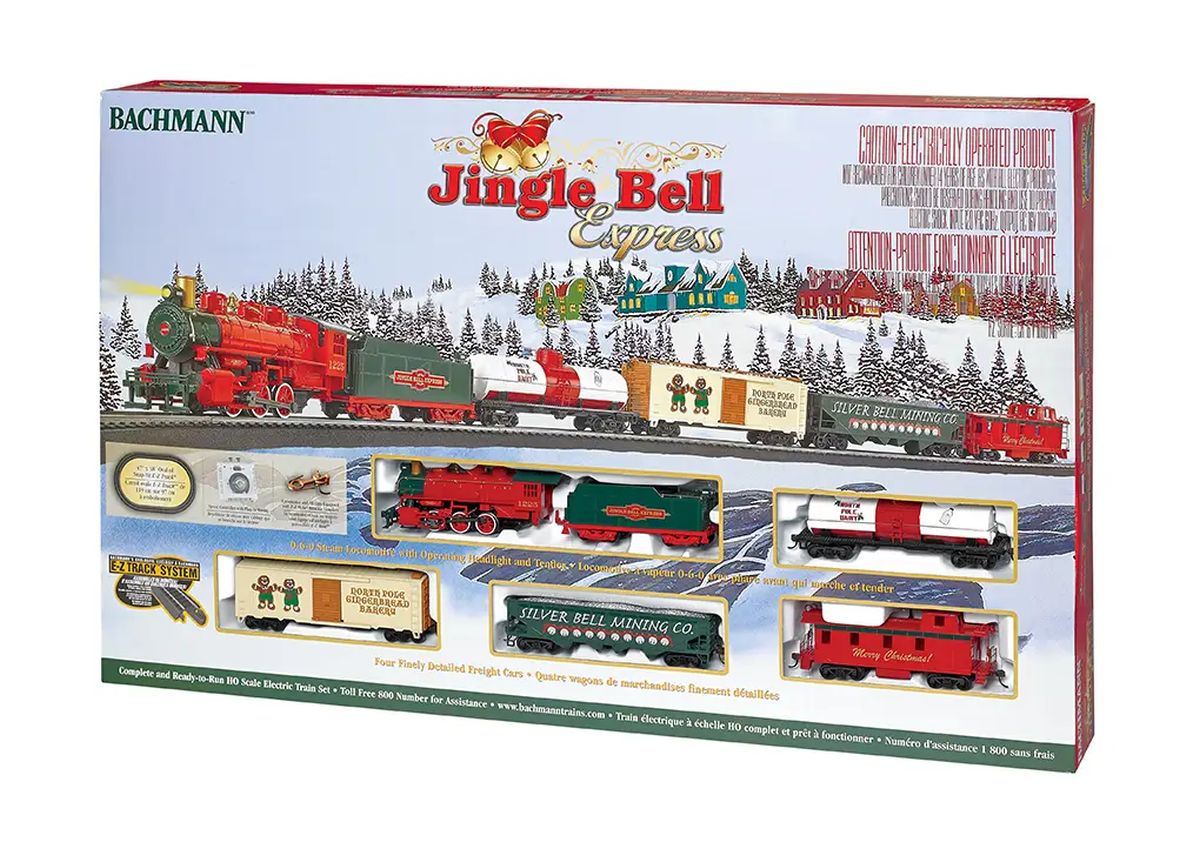
HO 2-8-2 Lt.Mikado Unlttrd Steam Loco/Low Lamp/3.0
During World War I, Uncle Sam nationalized the railroads when
they proved unequal to the task of moving massive amounts of men and
materiel for the war effort. The agency that ran the trains was the
United States Railroad Administration, or USRA, and one of its chief
accomplishments was the creation of 12 steam engine designs that lasted
for decades. According to the American Society of Mechanical Engineers,
USRA locomotives were “the first successful standardization of American
motive power” – and the only standard designs until the diesel era.
The most popular of the USRA designs was the 2-8-2 Mikado,
which was heavy main line steam power in the World War I era. USRA
Mikados came in a light version with a smaller axle loading for lighter
rail and a heavy version for use on heavier rail. Under the USRA, 625
Light Mikes were turned out by the “Big Three” American locomotive
builders – Alco, Baldwin, and Lima – representing more than a third of
all government-built engines.
The very first USRA engine built was Baltimore & Ohio
No. 4500, a light Mikado that is preserved today in the Baltimore
& Ohio Railroad Museum in Baltimore, MD. At the direction of
Baldwin Locomotive Works Senior VP Samuel Vauclain, No. 4500 was
constructed in a record 20 days so Baldwin would have the honor of
delivering the first USRA locomotive on July 4, 1918.
The USRA designs were modern but conservative; they broke
little new ground but incorporated the best practices of their day.
USRA Mikes were delivered with a mechanical stoker and power reverse at
a time when the Pennsy’s new L1s Mikados were still hand fired and had
screw-operated hand reversing units.
After the war, the basic USRA designs were used by railroads
across the nation, and about one-quarter of the Mikados built in the
United States were either of USRA designs or descendants of those
designs. While Mikados were generally relegated to lesser duties as
heavier power arrived in the 1920s and ’30s, many USRA Mikes outlasted
later, more modern steam engines because they were relatively simple
and durable. The last 2-8-2 built for U.S. service was a light Mike of
USRA design constructed by Lima in 1944 for the Akron, Canton &
Youngstown, and B&O No. 4500 steamed for 39 years before
retiring in 1957.
Constructed with dozens of added-on detail parts, the USRA
Light Mikado joins the M.T.H. HO lineup for 2008. While other
manufacturers have offered fine models of this classic engine, we
believe none matches the combination of accurate details, sound
quality, slow speed performance, and synchronized puffing smoke
featured by our die-cast model.
For its initial run, we offer the Light Mike in two
undecorated versions and decorated and correctly numbered for four
railroads, with road-specific details including accurate, legible
builders plates; footboard or boiler-tube pilot; smokebox or boiler-top
mounted bell; and high-mounted or centered headlight. Each road name is
offered in three engine numbers. For the B&O, we offer the
first USRA locomotive, No. 4500, and two of the additional 99 Light
Mikes the B&O received from the government and rostered as
Class Q-3. For the Pennsylvania Railroad, we offer three of the five
USRA Mikes the Pennsy kept, painted in near-black PRR Brunswick Green;
the other 33 Mikes it received were sent packing in short order and
wound up on the Missouri Pacific and the Frisco. Our New York Central
models represent three of the 143 USRA-built members of the road’s
Class H-6. And our Union Pacific engines are replicas of USRA copies
ordered by the road in the 1930s.
Did You Know?
William E. Woodard, one of the designers on the USRA
Locomotive Committee, went on to inaugurate the “Super Power” concept
that guided steam locomotive design from the mid-1920s to the end of
the steam era. Super power engines were designed for power at speed, in
contrast with the low-speed drag freight service that railroads
delivered in the early decades of the twentieth century
Quillable Whistle: Using a DCS handheld controller you can
“play” the whistle on any USRA Mikado or NYC Mohawk, in the same manner
that an engineer plays the whistle cord on a prototype steam engine.
Tender Body
Proto-Sound 3.0 equipped locomotives can be controlled in
command mode with any DCC compliant command control system. While the
user won’t have access to all of the incredible features of Proto-Sound
3.0, independent control over the locomotive is possible. This means
you can continue to use your existing DCC controller to independently
control your other DCC equipped locomotives in addition to your
Proto-Sound 3.0 locomotive on the same track at the same time.
When using a DCC controller, the following Proto-Sound 3.0
locomotive features are accessible:
- (F0) Headlight on/off
- (F1) Bell on/off
- (F2) Whistle/Horn on/off
- (F3) Start-up/Shut-down
- (F4) PFA initiate and advance
- (F5) Cab Light on/off
- (F6) Engine Sounds on/off
- (F7) Volume low, med, high, off
- (F8) Smoke on/off
- (F9) Forward Signal Sound
- (F10) Reverse Signal Sound
- (F11) Coupler Slack Sound
- (F12) Grade Crossing
- (F13) One-Shot Doppler on/off
- (F14) Extended Start Up
- (F15) Extended Shut Down
- (F16) Labor Chuff
- (F17) Drift Chuff
- (F18) Smoke Volume low, med, high
- (F19) Single short whistle toot
- (F20) Coupler Close
- (F21) Feature Reset
- (F22) Idle Sequence 1
- (F23) Idle Sequence 2
- (F24) Idle Sequence 3
- (F25) Idle Sequence 4
- (F26) Brakes auto/off
- (F27) Cab Chatter auto/off
- (F28) Clickety-Clack auto/off
- Proto-Sound 3.0 With The Digital Command System
Featuring: Freight Yard Proto-Effects - Unit Measures:15 3/8″ x 1 3/8″ x 1 9/16″
- Operates On 18″ Radius Curves
Featured Products
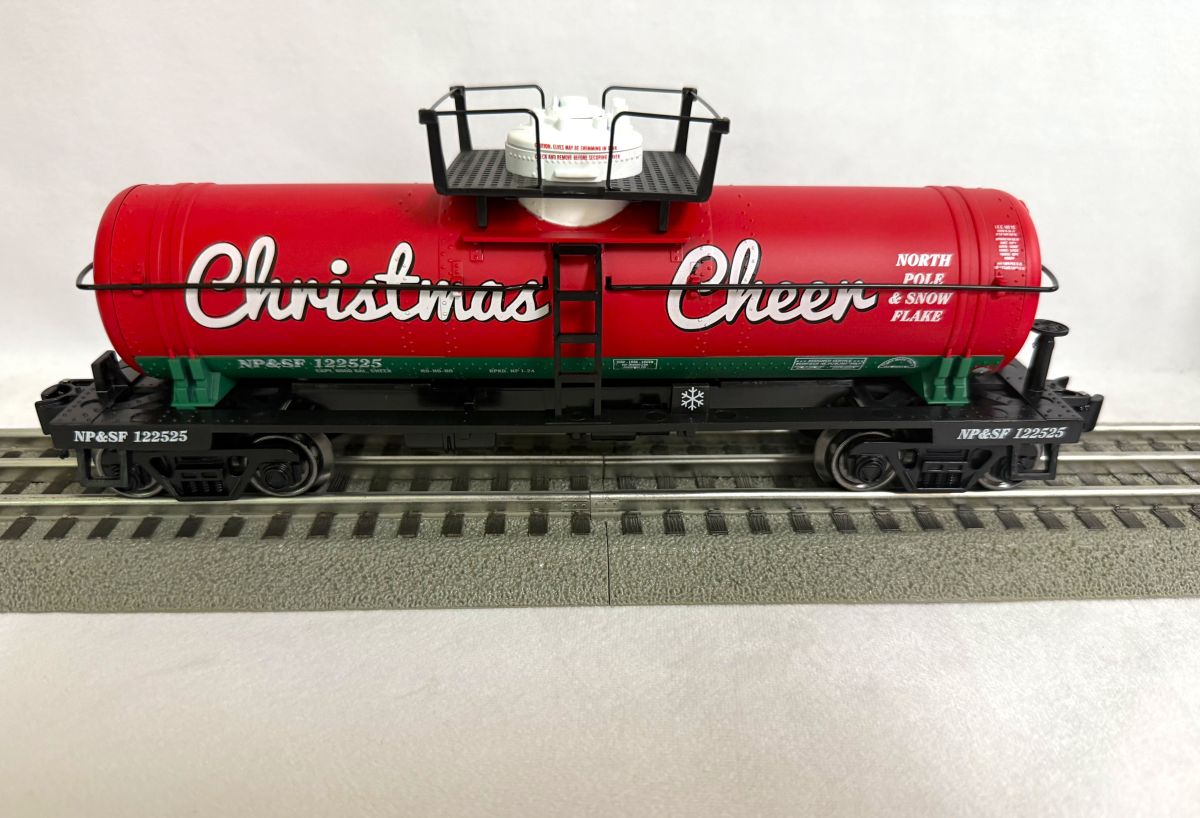
O Tank Car Christmas Cheer
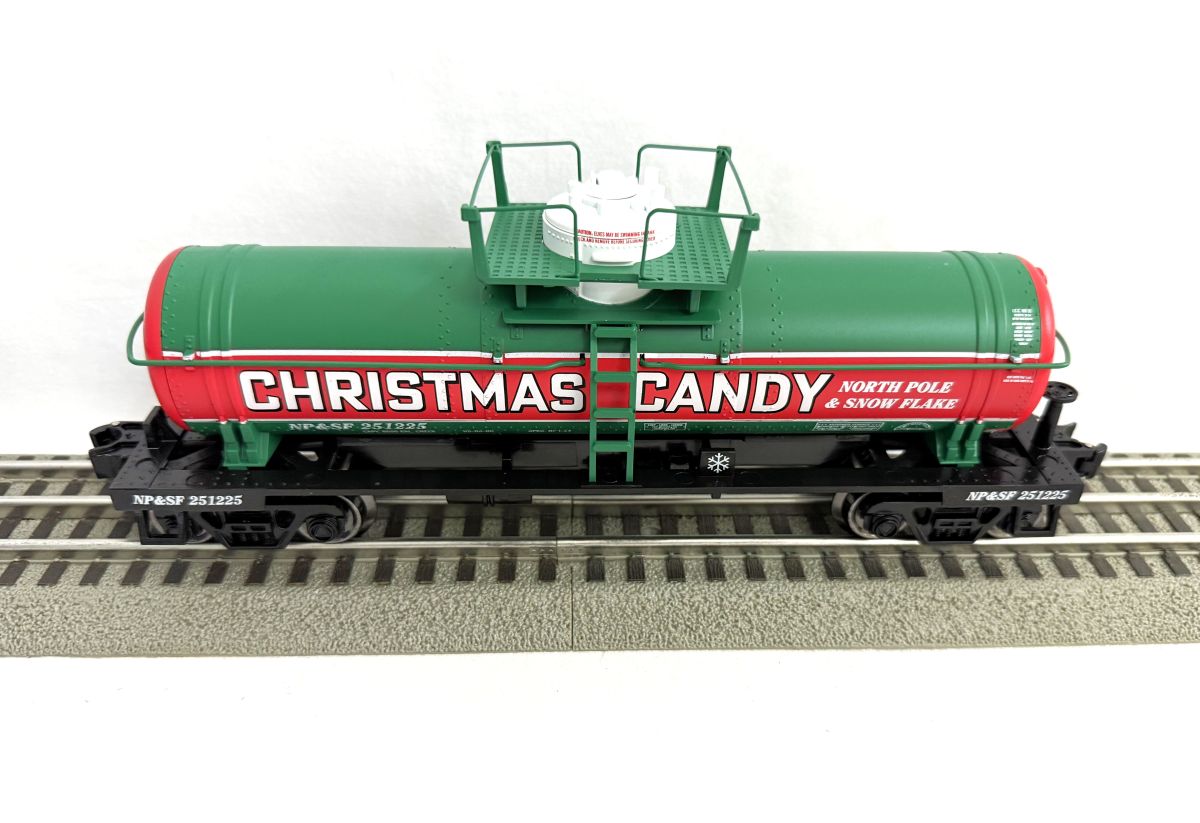
O Tank Car Christmas Candy
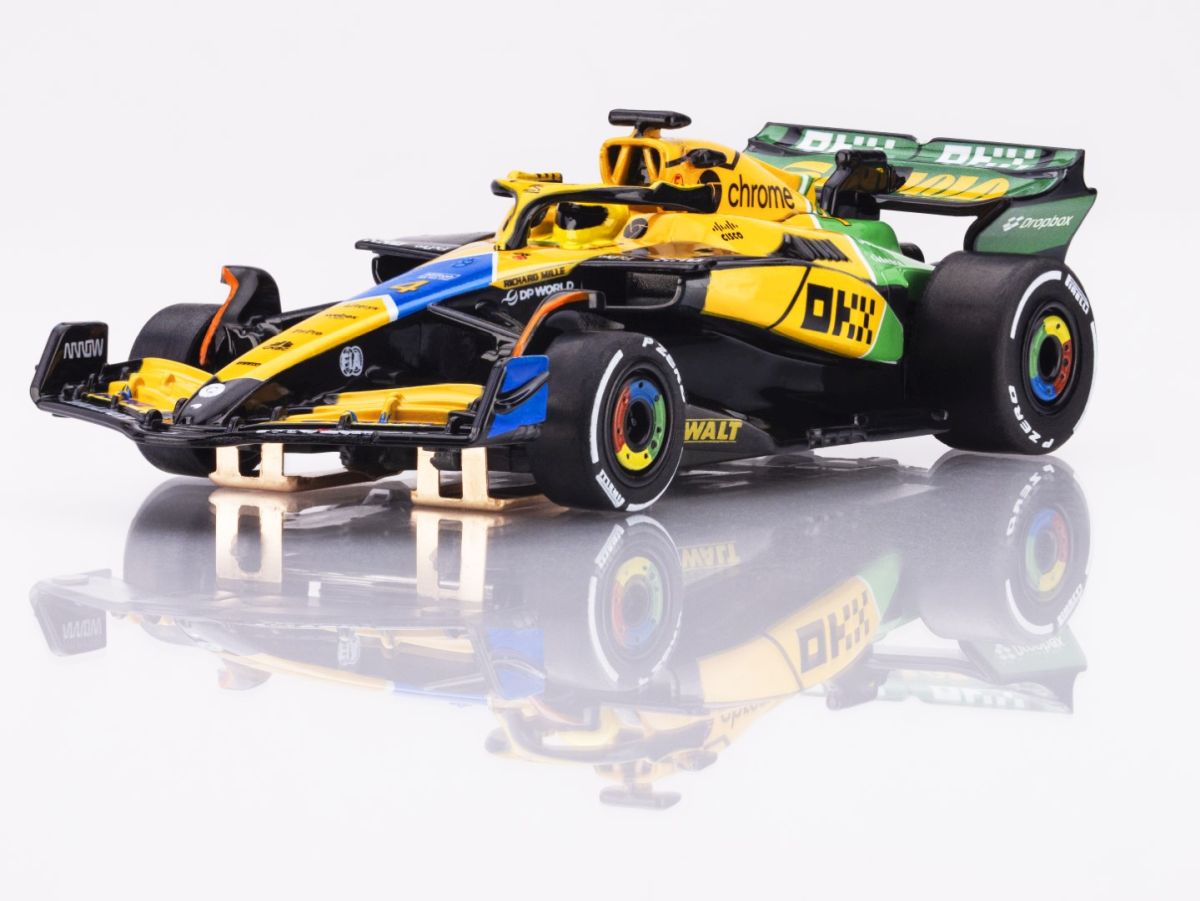
McLaren F1 MCL38 #4 Senna Monaco 2024

TARIFF 18′ Blues Brothers Lower Wacker Hustle Slot Race Set

Wash Away Paint Remover

Buffalo Snow Flurries Extra Fine

70 Shelby Gt-500 Skill 4
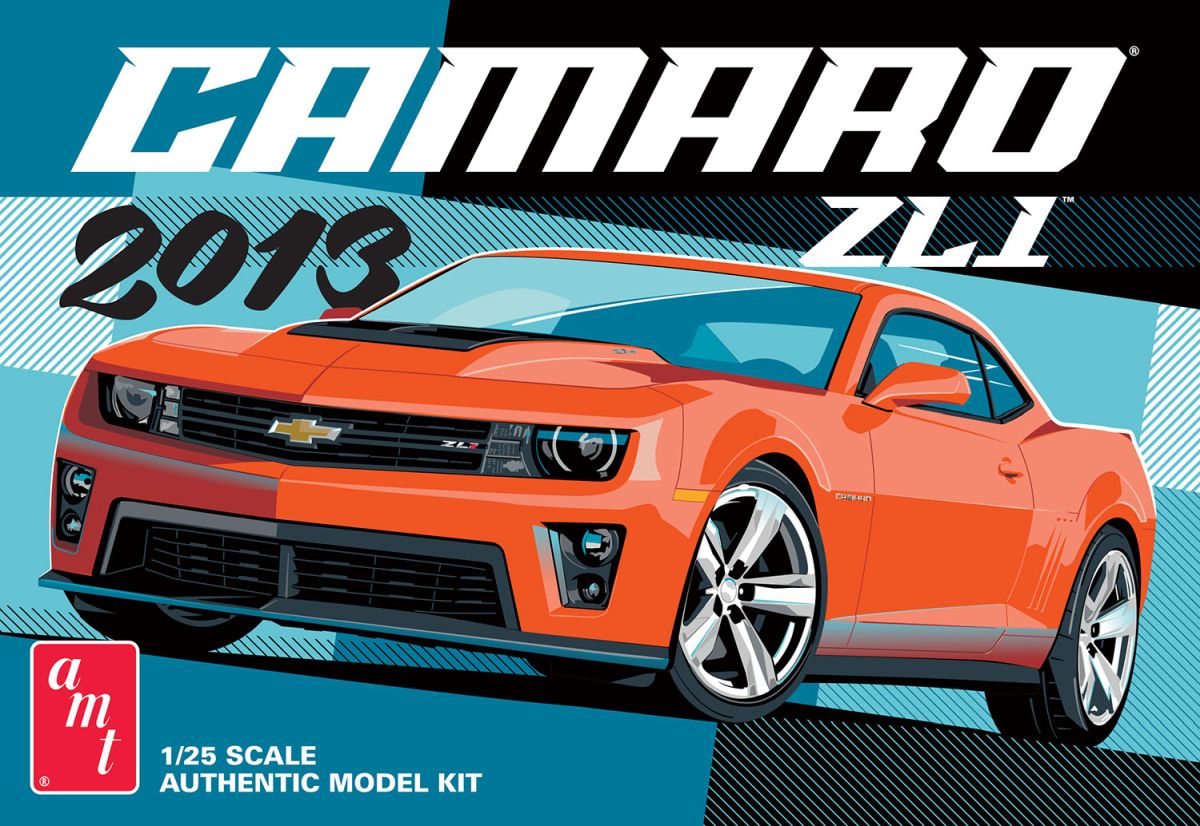
TARIFF 2013 Chevy Camaro ZL1 Skill 2

TARIFF 1969 Hurst Oldsmobile Cutlass Skill 2

N Merry Christmas Steam Freight Set/0-6-0
